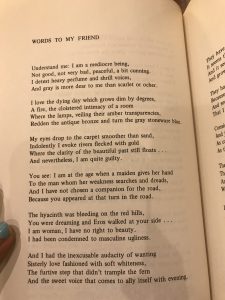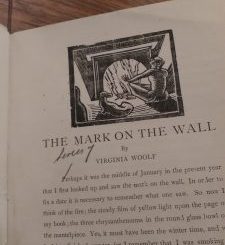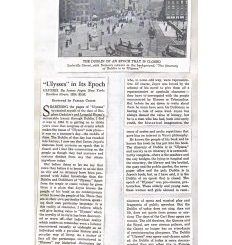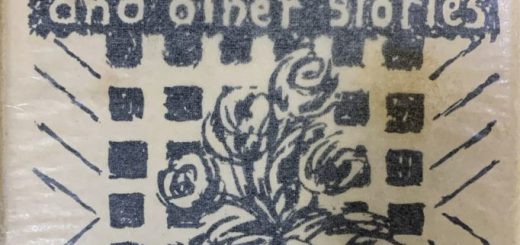Reneé’s Poetic Diary by Parvathi K.
At the Sweet Hour of Hand in Hand, published by The Naiad Press on 1979, is a beautiful book of poems by Reneé Vivien. It is framed as a small, simple, soft-cover book that is salmon-colored with a minimalist picture on the front cover of two hands holding each other behind a flower. It’s small and relatively skinny appearance makes the book seem like a leisure reading piece about simple love, but after reading the poems within the book, I realized that the poems revolved around a very complex subject. The poems were about lesbian love, and more specifically, about a woman who struggled with the fact that others struggle with her sexuality. Some poems exude a dreamy tone, talking about a woman that the speaker is enamored with; however, other poems took on a bitter tone, wailing about how she will never find love. Because of the intimacy and honesty of the subject matter, the target audience of her work is definitely other lesbian women who experience the same distress.
One of her poems, “Words to my Friend”, is very similar to “Prince Charming” because it contains much of the same imagery and ideas. “Prince Charming” is a short story by Vivien about a brother, Bela, his sister, Terka, and a girl named Sarolta. Terka is a wild child who behaves much like a little boy, while Bela possesses many feminine virtues, and they move away. However, after many years, one of the siblings returns, and Sarolta falls in love with and marries Terka, thinking that she is actually Bela. In the poem, Vivien writes, “I have been condemned to masculine ugliness”. This reminds me of Terka in the short story, who is said to behave like a boy when she is young, but once she grows up, Sarolta finds her irresistible, but she does not know that she is a girl in reality, proving that touches of masculinity in women can be attractive. At the end of the poem, the speaker says, “What matters to us, the judgment of men?”, and begs her lover to run away with her, just like at the end of “Prince Charming”, where the two lovers run away to a far off place so that they can be happy together.
The most interesting feature of the object was an image (the only image in the book) of Reneé Vivien that is at the beginning It is an image of her dressed in the attire of a man. It is such a powerful image because during the time of her life (1877-1909), it would have been unacceptable for her to dress like that, so the fact that she openly expressed her gender identity is extremely courageous. It also relates to “Prince Charming” because Terka’s character essentially dresses and behaves like a man despite the fact that she is a female by birth, so perhaps Vivien got the idea for Terka from her own preferences and experiences. The image really affects the way I read the poems because it suggests that the speaker isn’t suffering because she is afraid to express herself, but that she is suffering because despite the fact that she is expressing her true identity, she still isn’t able to find the love she craves.
This poem has a really good grasp on a lover’s voice because it does a great job of conveying all the love, the longing, the pain, the infatuation, and the frustration that a one feels during the journey to find love. The voice also contributes greatly to the theme that love is not easy, especially for lesbians. Vivien clearly gets the point across that finding love is extremely difficult for lesbians because of the societal obstacles present. The speaker of the poem is desperate to find love, but it is clear that while she is still searching for it, she is also losing hope as she gets angrier at society and at God.













Recent Comments